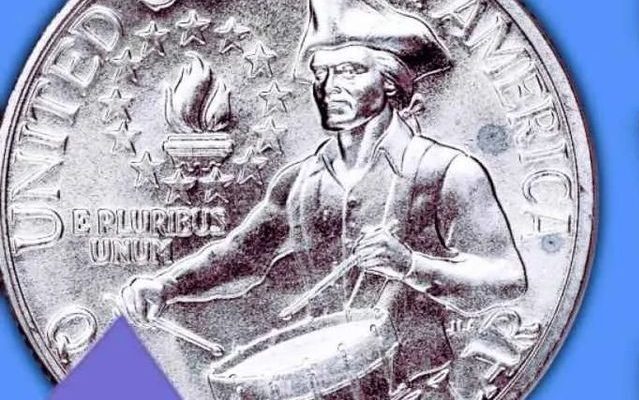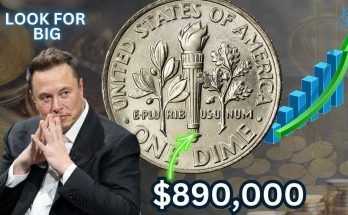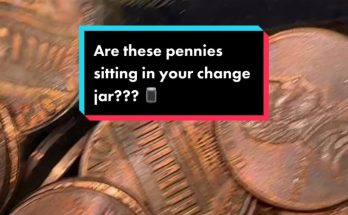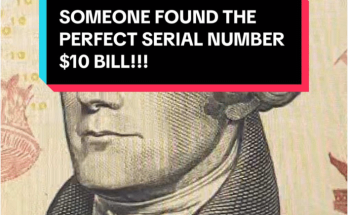The caption accompanying this image, “The Rare Bicentennial Quarter Valued at $1 Million, Still in Circulation,” often captivates the public, hinting at a hidden fortune in everyday pocket change. While the vast majority of the 1776-1976 Bicentennial Quarters—celebrating the 200th anniversary of U.S. independence—are only worth their face value of 25 cents, or slightly more, in circulated condition, there are exceptionally rare varieties and error coins that command staggering prices from collectors, sometimes reaching into the thousands of dollars.
The Bicentennial Quarter, minted in 1975 and 1976, is easily identifiable by its dual date “1776-1976” on the obverse (front) and the unique reverse (back) design featuring a Colonial drummer (image) with a victory torch surrounded by 13 stars. Over 1.6 billion of the copper-nickel clad quarters were struck, making the standard version quite common in circulation.
What Makes a Bicentennial Quarter Valuable?
The enormous valuation suggested in the caption, while likely an exaggeration used to attract attention, points to the profound value that specific, rare conditions and errors can impart to a coin. A common Bicentennial Quarter in circulated condition typically fetches between $0.30 to $0.85. However, the value skyrockets for coins possessing key factors:
- Pristine Condition (Uncirculated Grade): Quarters in flawless, uncirculated condition can be worth up to $6,000, and a record sale for a top-grade 1976-S silver quarter was $19,200. Coins graded at the highest levels, such as MS-68, have sold for thousands of dollars.
- Mint Errors and Varieties: These are the true treasures that could potentially approach very high values. Collectors actively search for:
- Doubled Die Errors (DDO/DDR): This occurs when the coin’s design elements, like the date or “LIBERTY,” appear doubled due to a misalignment during the minting process. The 1976-D Double Die Obverse (FS-101) is a particularly sought-after error, with high-grade examples selling for over $8,000.
- Struck on the Wrong Planchet: Extremely rare errors where the quarter design is struck onto a blank coin intended for another denomination, such as a nickel or dime.
- Off-Center Strikes, Die Cracks, and Missing Clad Layers: Other deviations from the standard strike also increase value significantly, with some error coins selling for hundreds to over a thousand dollars.
- Silver Clad Collector’s Editions: Quarters struck at the San Francisco Mint with an ‘S’ mint mark were produced for collectors and contained 40% silver. While most of these silver versions are valued under $20, exceptionally high-grade or proof examples are more valuable, with a top-grade silver quarter selling for $19,200.
The prospect of finding a coin worth $1 million in a handful of change is incredibly remote, but the real-life sales of the rarest Bicentennial Quarter errors and pristine specimens confirm that a truly exceptional find could be worth thousands, or even tens of thousands, of dollars. So, while the huge dollar sign in the images may be an attention-grabbing hook, it encourages millions of Americans to inspect their pocket change closely—just in case they have one of the few Bicentennial Quarters with a valuable mint error or a high-grade collector’s edition still in circulation



